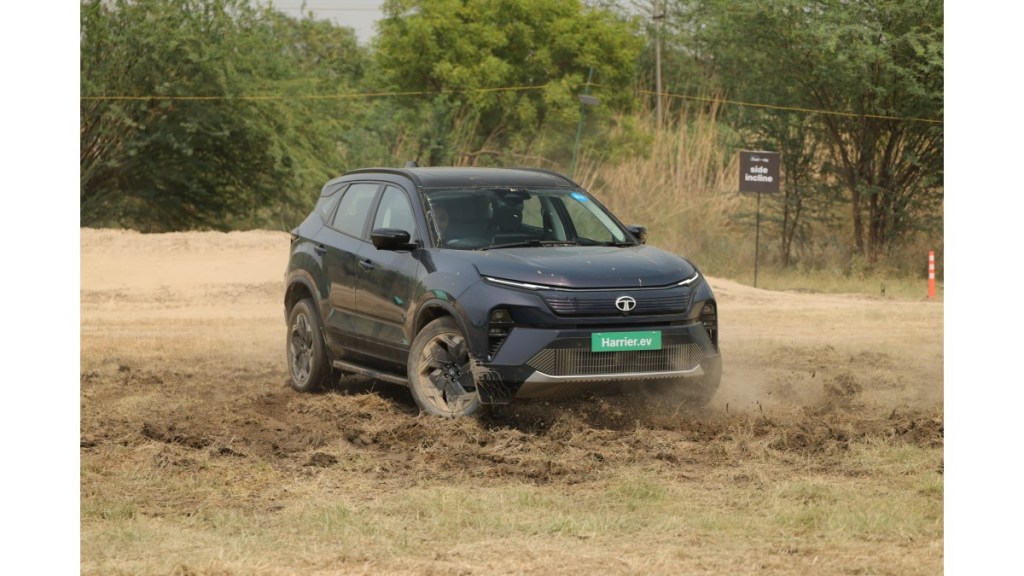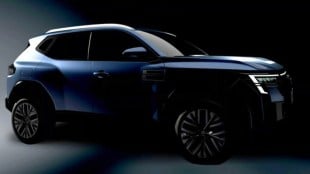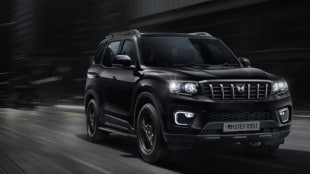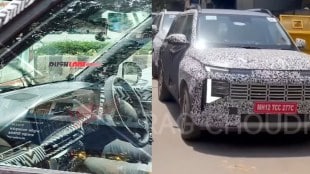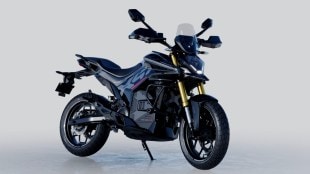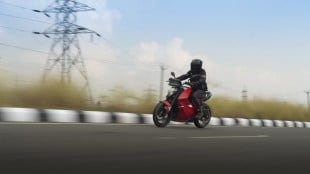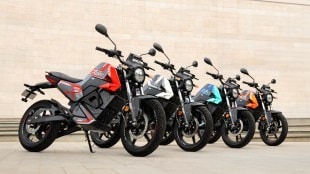It’s unlikely that any Harrier EV buyer will drive it in slush, deep water, on the rocks, or even up the stairs – most people drive cars on the roads – but testing a car in extreme conditions and pushing it to its limits can reveal how robust the chassis, suspension, and drivetrain are.
What that intent, we threw all elements of nature towards the Harrier EV.
What is it?
Launched on July 3, the Harrier EV has two battery pack options – 65 and 75 kWh – dual motors, claimed driving range of 627 km (75 kWh), and is the fastest accelerating made-in-India vehicle with a 0-100 km/h time of 6.3 seconds.
The 65-kWh variant will cost you Rs 21.49 lakh, ex-showroom, and prices of 75-kWh variants will be announced later – bookings will start from July 2, and deliveries soon after.
How’s the design?
It looks similar to the Harrier ICE, but there are differences such as blanked-off grille with horizontal slats (EVs don’t need large airflow for cooling), redesigned front bumper, new alloy wheels, and a camera in the shark-fin antenna (which shows rear image in the cabin mirror).
In the cabin, it has a larger touchscreen (14.5-inch Samsung Neo QLED) than the 12.3-inch unit in the Harrier ICE, ‘boss mode’ function for front passenger seat, bigger boot space (502 litres), and a frunk (front trunk of 67 litres). But the driver’s seating position is such that the left knee constantly rubs against the dashboard (it’s irritating).
How’s the drive?
The Harrier EV has six terrain modes (Normal, Snow/Grass, Mud Ruts, Sand, Rock Crawl, Custom) – as if Tata Motors wants you to experience it off the road. We drove the AWD (all-wheel drive) variant.
Capable everywhere: Electric SUVs aren’t great off the road (as most are front- or rear-wheel drive), but the Harrier EV’s AWD mode ensures you can drive it just about anywhere. We took sharp turns in the slush, and while it skidded a little, at no moment did it lose full traction.
Immense power: Its two motors produce 504 Nm torque (other SUVs in this segment are in the range of 300-350 Nm), and if there is any loss of traction, the sheer power just pulls the Harrier EV out of any terrain.
Right modes: Modes such as Rock Crawl, Mud Ruts, Snow/Grass, and Sand seem well-calibrated and deliver just the right amount of intervention for the surface you are driving on.
Off-road assist: While driving over the rocks, we enabled off-road cruise control, which set the driving speed at 6 km/h – this features hands over speed to the car’s computer, so that the driver can focus on the steering.
540-degree camera: We found it to be a major help off the road – cameras installed under the body let you see exactly where you’re driving. Tata Motors calls the system 540-degree camera – as the Harrier EV already has cameras on four sides (360 degrees), and 180 degrees of the bottom add up to 560 degrees.
Good angles: Thanks to its approach (25.3 degrees) and departure angles (26.4 degrees), we were able to easily drive over tall mounds of sand. Its claimed water-wading capability is 600 mm, making it suitable for monsoon-affected areas.
Is it a cool EV?
We will be able to judge its coolness only after extensive on-road testing and when we have the pricing of 75-kWh variants, but the Harrier EV is capable as well as composed off the road. It has less body roll compared to Harrier ICE (as the heavy battery under the floor gives it a lower centre of gravity), and quietness of the electric powertrain leads to a serene off-road experience.
